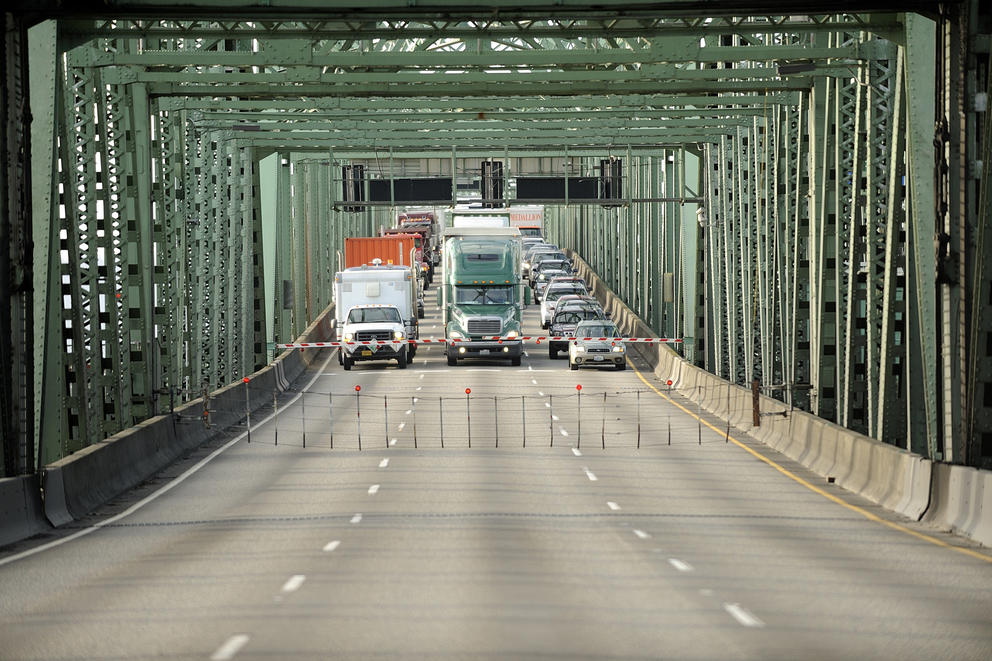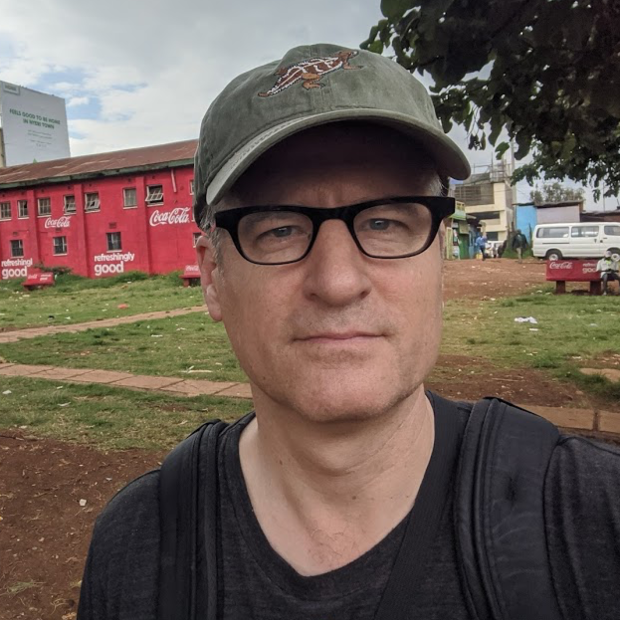Shut down in Salem and Olympia, the Seattle-based environmentalist and her allies saw their hopes dashed again in Washington, D.C., in 2010. Despite an ascendant Democratic president and a Democratic majority in Congress, a sweeping climate bill died in the Senate, and Republicans opposed to climate action took control of the House.
And in Britishs Columbia, after a bruising provincial election in 2009, a pathbreaking tax on atmospheric pollution and other climate protections were barely hanging on.
“It was bleak,” Quigley recalled in a recent interview. “There was a lot of anger and definitely frustration and disappointment.”
The result: A region billed as “ecotopia” last century came up way short on the biggest environmental challenge of this century.
But 2021 opened with some good news. Quigley claims to be more hopeful than ever.
This story is part of the series Getting to Zero: Decarbonizing Cascadia, which explores the path to low-carbon energy for British Columbia, Washington and Oregon. This project is being produced in partnership with InvestigateWest and other media outlets and is supported in part by the Fund for Investigative Journalism.
Exactly 10 years after that Republican majority retook the House, Quigley and her colleagues can point to a new and officially endorsed blueprint for how Cascadia can successfully kick the fossil-fuel habit.
Working early on from a converted garage with a balky heater, Quigley toiled for years with her policy shop, the nonprofit Clean Energy Transition Institute, to provide technical assistance in support of Washington state's energy strategy. The 428-page 2021 remake, released earlier this month by the Washington Department of Commerce, maps out how to eliminate all but a sliver of fossil fuel emissions through a massive shift to renewable energy.
They are some of the most ambitious climate-protection goals on the planet.
Not only that. For the first time in four years, federal leaders in the United States and Canada both support climate action.
Energy economics also are changing. Cleaner technologies that play the starring role in Washington’s new energy plan keep getting cheaper. These days, equipment such as electric vehicles and heat pumps cost less — with fuel included — than their fossil-fueled forerunners. Solar power's cost has plummeted more than fivefold since 2010.
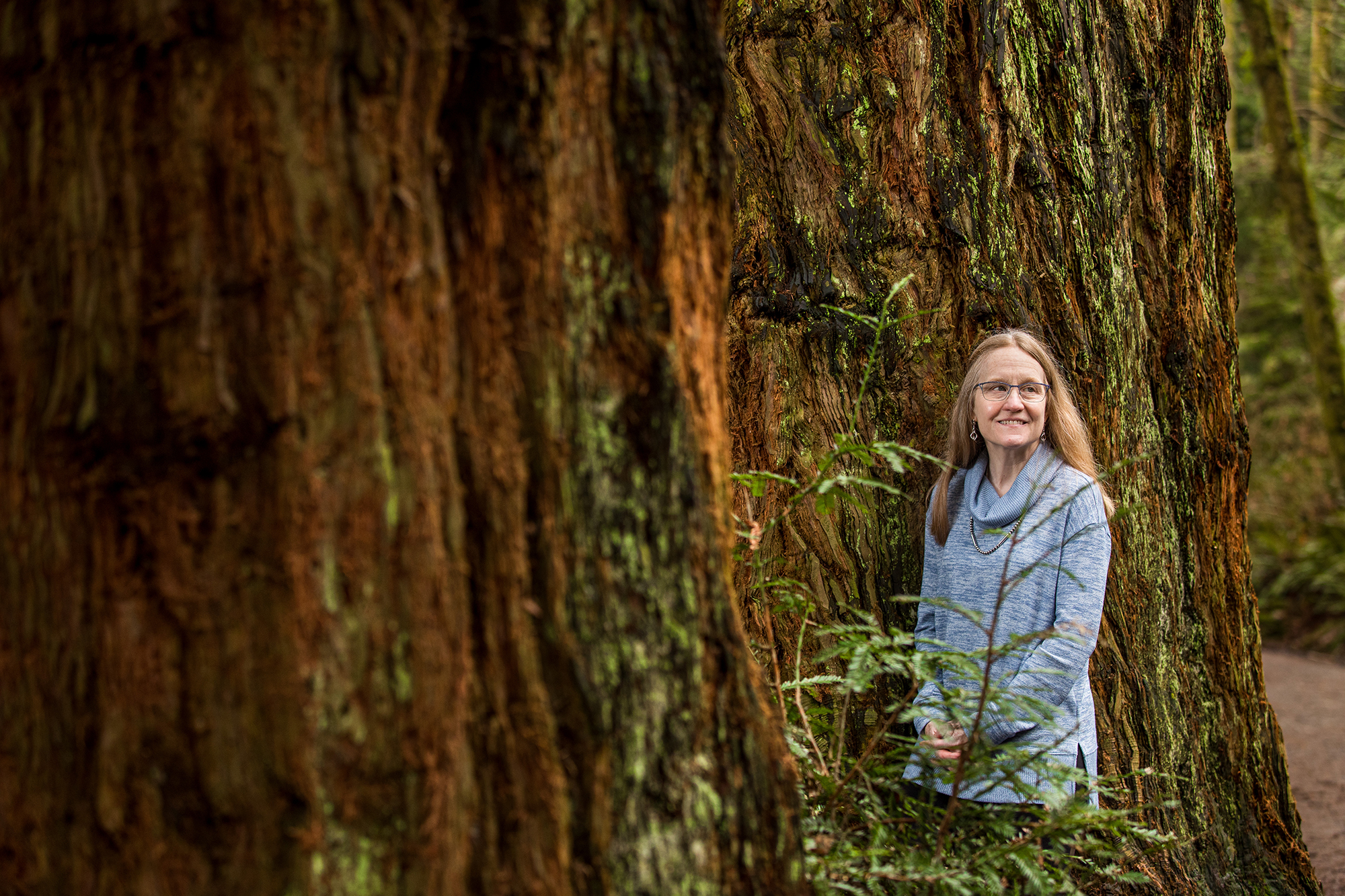
Suddenly, solar installers and other “clean energy” firms provide more than half of Washington’s energy-related jobs. And fossil fuels’ purveyors have less grip on markets — and perhaps even legislatures — as demand for coal, oil and gas weakens and global protests erode their social standing. “In 2007, we used to talk about Big Oil and King Coal. No one says King Coal anymore, and oil Is faltering,” said KC Golden, one of the founders of regional nonprofit Climate Solutions and a board member with international activist group 350.org.
The question now is: Will Cascadia's governments actually follow through?
Gov. Kate Brown of Oregon and Gov. Jay Inslee of Washington both have newly tightened emissions goals and detailed road maps to reach them. They are catching a break as carbon-cutting deals clinched years ago close coal-fired power plants. And the governors’ recent moves speak to an emboldened will to act, including a climate-driven decision last week by the Washington state Department of Ecology to deny a key permit for a carbon-intensive methanol plant proposed near Kalama.
The challenge is finding dollars in COVID-tightened state budgets to accelerate carbon cutting. Clean technologies often cost more up front, and it will take state money to speed up their deployment and ensure that all citizens benefit. And in both states, legislators who have long held up cost-effective climate policies remain in their seats.
British Columbia faces a very different challenge. Premier John Horgan's New Democratic Party secured a commanding majority in fall 2020 elections. But the province has a growing oil and gas production industry, including a nascent natural gas liquefaction sector that Horgan has personally championed as a source of jobs and revenues.
King Coal may be dethroned, and Big Oil weakened, but in British Columbia the oil and gas producers and their employees still carry clout, noted Karen Tam Wu, the British Columbia regional director of the Pembina Institute, a Calgary-based climate and energy think tank. As Wu put it: “The lure of royalties and the lobbying power of Big Oil is very strong."
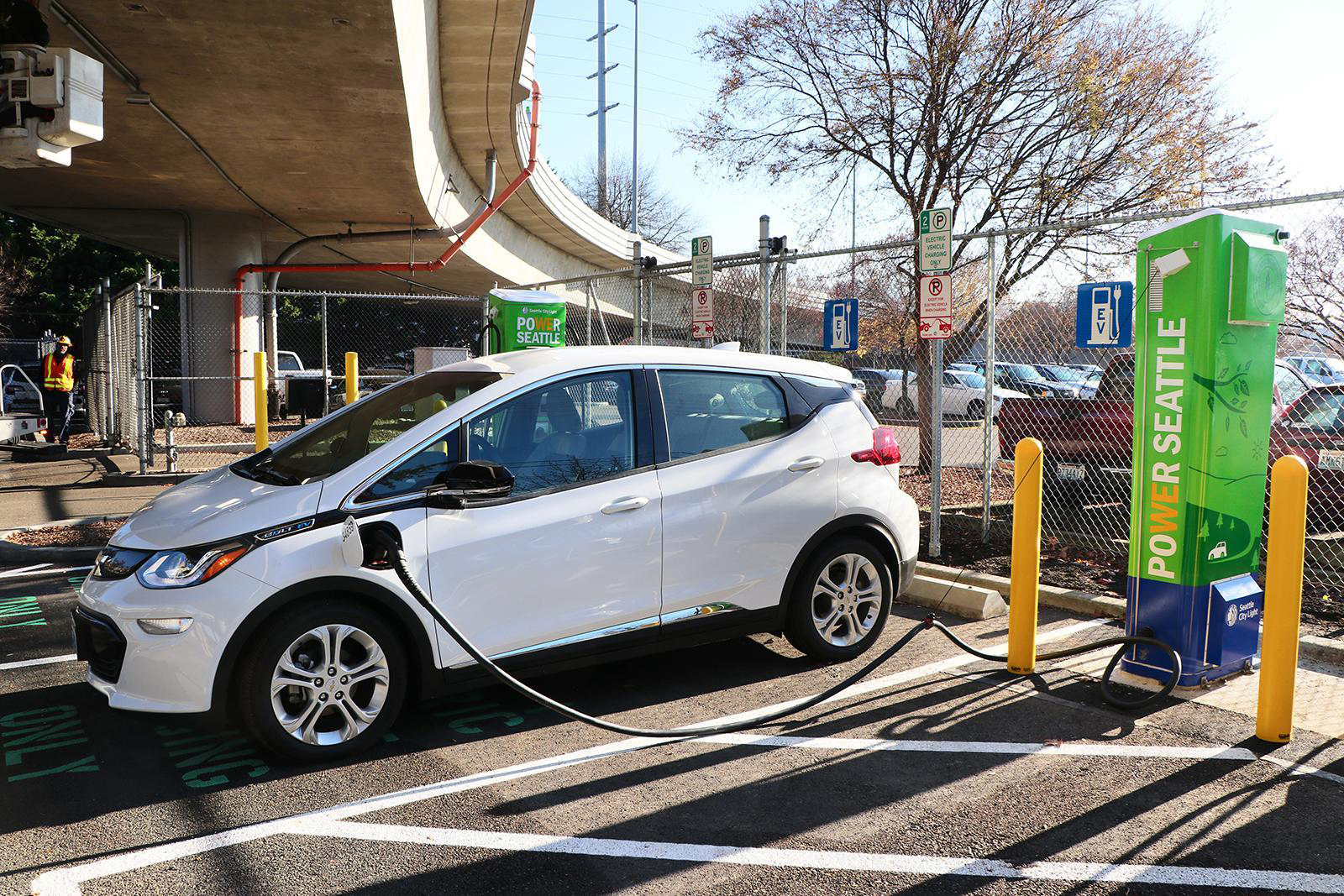
(Seattle City Light)
Decarbonization road map
Among the three government's plans, Washington's marks the most dramatic shift. The state that set Cascadia’s weakest emissions goals over a decade ago raised its sights to world-class performance early last year. The Legislature scrapped the state’s 2008 mandate, which called for halving emissions by 2050 from 1990 levels – completely insufficient, according to climate scientists. In its place, legislators approved a net-zero goal: only 5% of 1990-level emissions would be tolerated in 2050. (And even that 5% would need to be recaptured via reforestation projects or machines sucking carbon dioxide out of the atmosphere.)
Washington’s new goals are among North America's most ambitious, and come with interim goals, too, starting with a 45% cut by 2030. That will require a lot of push, because recent modeling suggests that Washington could still be pumping out the equivalent of 84 million metric tons of carbon dioxide in 2030. The state’s goal requires cutting emissions to 50 million metric tons.
The new targets came without new authorities to actually drive carbon cuts, leading critics to declare the 2020 legislative session a “comprehensive failure.”
What the Legislature did provide was funding for detailed study. That’s where Quigley’s crew at the Clean Energy Transition Institute swung into action, and quickly. They sketched out how to most cost effectively transform the economy from fossil energy to clean energy, enlisting decarbonization modelers at San Francisco-based consultancy Evolved Energy Research and seeking advice from over 150 technical experts and community advocates and a 27-member state advisory committee.
No study gets the job done, though. While a 2019 law gives Washington the authority to rapidly decarbonize its electrical system, the state’s plan requires regional action — a massive expansion of power lines connecting Washington to its neighbors to facilitate an equally massive build-out of wind and solar power plants across the western U.S. and Canada. “We can really do a lot in terms of keeping rates affordable and service reliable if we can operate the electricity system on more of a westwide basis,” said Glenn Blackmon, head of Washington’s Energy Policy Office.
Other crucial strategies include universal broadband access, smarter community planning and expanded public transit, all of which can cut down on total travel via personal vehicles. And, for those fossil fuel uses that can’t be easily plugged in, the strategy requires an entirely new industry: green hydrogen produced by zapping water with renewable electricity.
Green hydrogen is a renewable fuel that can be stored and concentrated, providing a reliable stream of clean energy to replace coal and gas burned in concrete plants and other heavy industries, and to replace diesel in big vehicles such as long-haul trucks and ferries.
Energy experts worldwide see green hydrogen as a crucial building block for decarbonization. For Washington, it also offers an economic engine for rural counties, according to Blackmon, who noted that utilities in Eastern Washington with surplus hydropower already have "aggressive” plans to make green hydrogen.
It's all economically affordable. According to CETI’s modeling, spending on energy in a decarbonizing Washington would remain within its historic range, about 5% to 7% of the state's economy through 2050.
The plan pledges state intervention to ensure that low-income and historically disadvantaged communities have access to capital to upgrade homes and businesses, for example, or to cover the upfront price premium on an electric car. Deric Gruen, co-executive director of Seattle-based climate justice coalition Front and Centered and a member of the plan’s advisory council, praised the state’s Department of Commerce for emphasizing equity. But he called it “unfortunate” that the aggressive timeline for crafting the plan precluded robust public engagement before it was finalized. “The modeling piece is important. But often it can be mistaken for the main dish, which is the politics and the economics and the social transition,” said Gruen.
All signs point to rough politics ahead. Inslee proposed a legislative package late last year with new mandates to drive the action. They include a fuel standard to ratchet down the carbon intensity of Washington’s gasoline and diesel fuels that industry lobbyists have repeatedly fended off, and a ban on natural gas heating in new buildings whose 2030 cutoff date is too late for some activists.
And the governor proposed some controversial means of raising revenues, including yet another push for “carbon cap and trade”— a system of pollution controls and charges that has repeatedly failed in both Washington and Oregon's legislatures. That has split the Washington Legislature’s climate advocates, as climate justice advocates such as Gruen back a rival revenue package combining a carbon tax and economic recovery bonds.
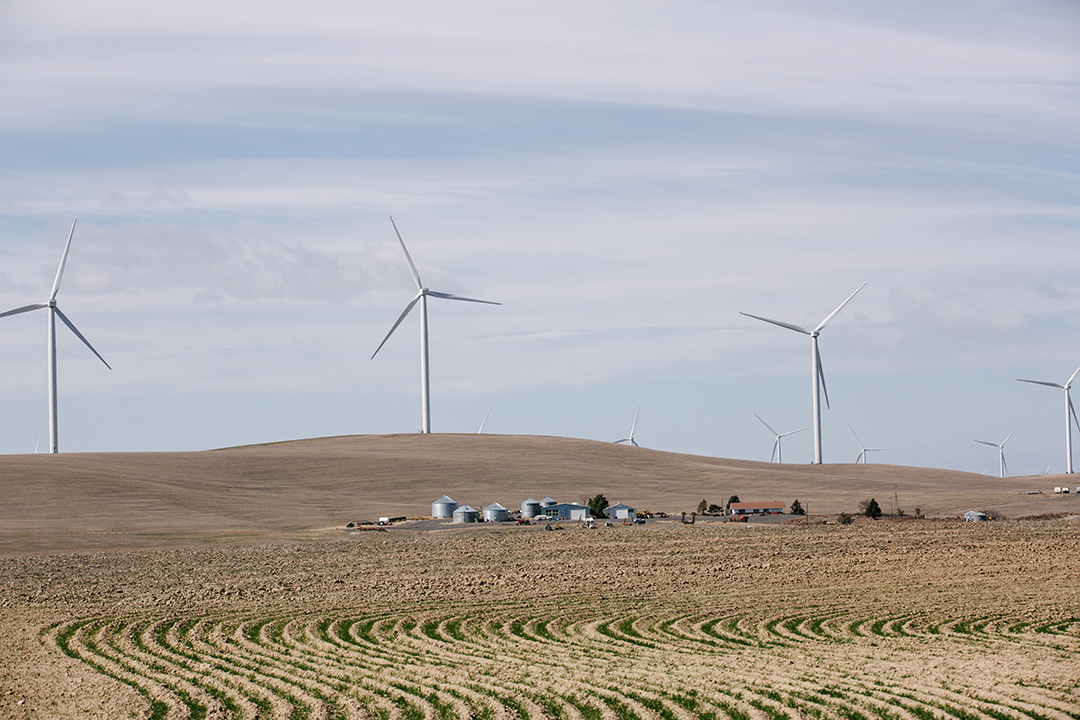
Getting beyond business as usual
Activists say what’s needed as much as money is for Cascadia’s leaders to push climate action into every nook and cranny of government policy.
For example, take the proposed new Interstate 5 bridge across the Columbia River between Vancouver, Washington, and Portland. Patrick Mazza, a longtime Seattle-based climate policy analyst and activist, sees business as usual at work there. Instead of bolstering rail links to reduce truck traffic, which causes the most damage, the states may build a larger bridge — a move that Mazza predicts will accelerate sprawl from nearby Portland into Washington’s Clark County.
“That is really a poster for the inertia of the past continuing into the present,” says Mazza, the president of 350 Seattle. “We’re not living in a climate emergency world. That has not been absorbed into the day-to-day operations of bureaucracies or most businesses.”
The Seattle-based Sightline Institute think tank recently called out a mismatch between state emissions goals and growth plans from Cascadia’s gas utilities. Washington and Oregon’s largest gas utilities, Puget Sound Energy and NW Natural, anticipate rising gas use through 2040, even though energy planners say it must decline “dramatically.” Burning gas currently causes nearly one-quarter of Washington's carbon emissions, and more than one-third of Oregon’s.
Angus Duncan, a Portland-based energy policy expert who formerly advised Oregon Gov. Ted Kulongoski, agrees that business as usual and inertia afflict Oregon's Public Utilities Commission, which rules over the state's utilities.
During an interview last fall, Duncan cited a 2017 decision that flew in the face of the state’s renewable electricity mandate.
In 2016, Oregon’s Legislature expanded the rules, requiring generation of half of the state's power from nonhydropower renewables by 2040, a more than sixfold increase from 2018. But the following year the state’s Public Utility Commission downsized a utility proposal to build the state’s largest wind power plant.
Portland General Electric said building big would save customers money because the project would qualify for soon-to-expire federal subsidies. But the PUC’s commissioners, siding with consumer advocates and the agency’s staff, ruled that the utility had plenty of renewable energy for the time being. PGE went ahead with a smaller project, which began operating in December.
Duncan said the utility commission’s “decision-making processes" served the state well for decades by protecting consumers from unnecessary utility spending, but are ill-equipped to manage an energy sector in transition. "They had a screwdriver and a saw and they needed a computer-driven drill press,” said Duncan.
The good news, wrote Duncan in a recent email exchange, is that Oregon activists and utility officials are collaborating on a “100% clean” bill to accelerate action in the power sector. The bad news, he said, is that increased driving and natural gas consumption are where Oregon’s emissions are rising, and Oregon “has no strategies for turning these sectors around.”
B.C.’s gassy carbon bulge
Brown, the Oregon governor, faces many of the same budget and authority gaps that have bedeviled Washington’s Inslee. Not so across the international border, where Premier Horgan’s parliamentary majority in the British Columbia Legislature gives him leeway to pass legislation and raise Canadian dollars. However, his government faces a growing gap between emissions and its 2030 goals — a gap exacerbated by fossil fuel development.
For nearly a decade, activists across California and Cascadia defeated proposed megaprojects to export Western coal, oil and gas through Pacific ports. That so-called “Thin Green Line” of activism broke in British Columbia in 2018, partly due to Horgan, when three megaprojects got green lights.
One, the Trans Mountain petroleum pipeline expansion, moved forward in spite of British Columbia’s objections when Canadian Prime Minister Justin Trudeau nationalized the project, which would triple the flow of carbon-laden bitumen from Alberta to the Port of Vancouver. Horgan took credit for the other two: a CA$17 billion liquefied natural gas terminal up the province’s coast in Kitimat, and a $6.6 billion pipeline linking it to northeastern British Columbia's gas fracking fields.
Oil and gas production contributed half of the province’s industrial emissions in 2018, and have risen 8% since 2007. That’s a significant challenge to the goal, set by Horgan's government in 2018, to cut emissions 40% by 2030, compared with 2007. In December, a government report said rising emissions from industry and transportation meant British Columbia could miss its 2030 target by nearly half (see graph).
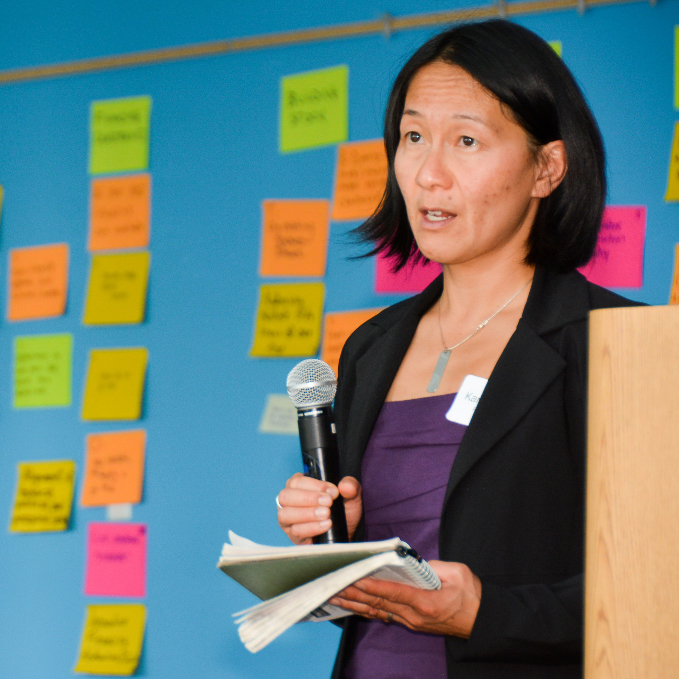
Wu at the Pembina Institute, a member of the government’s Climate Solutions Council, called the report “sobering” — not least because the report failed to spell out steps to close British Columbia's emissions gap, as the government had promised.
Calculations by the Pembina Institute confirm the long-term scale of the challenge. It found that the liquefied natural gas terminal in Kitimat would release the equivalent of 3 million to 4 million tons of CO2 per year, and carbon emissions associated with producing and delivering its gas would add 5 million tons more. That one project could thus produce two-thirds of the greenhouse gases allowable in 2050 under British Columbia law.
Continued expansion of “natural” gas harbors a second climate risk: leaks of particularly climate unfriendly methane. While shifting power plants from coal to cleaner-burning natural gas has slowed the growth in carbon emissions worldwide in recent decades, methane leaks erode some of that advantage. Exporting natural gas as LNG adds still more climate impact because extra energy is used in chilling and shipping. Experts increasingly warn that LNG could soon rival coal as a contributor to climate warming.
Meanwhile, construction of British Columbia's fossil megaprojects has continued during the pandemic as an "essential service" in spite of the risks that their work camps bring to rural communities, and forceful calls from First Nations to shut them down. The construction has exacerbated ongoing tensions with First Nations bands such as the Wet’suwet’en, which sparked Canada-wide protests one year ago.
George Heyman, the province’s minister of environment and climate change strategy, offered no apologies during an interview this month with InvestigateWest. He said British Columbia's gas industry, including LNG development, provides revenues for public programs and jobs. “We thought there was some room within a credible climate plan for some development and we approved [LNG Canada] on that basis,” said Heyman, adding that any further projects will have to fit within a sector-specific emissions target to be set by the end of March.
And he noted the emissions-cutting programs legislated in 2018, in partnership with the Green Party, that he predicted would soon flatten and ultimately reverse British Columbia's rising emissions trend. Those include:
- A “low carbon fuel standard” to cut the carbon content of the province's fuel supply, which Heyman claimed to be North America's most stringent.
- Rebates for zero-emissions vehicles and a ban on new gasoline and diesel cars after 2040.
- A mandated 45% cut in methane emissions from oil and gas production by 2025 (relative to the 2014 level).
Bridging the gap between British Columbia’s existing mandates and its 2030 target will be easier than expected if Prime Minister Trudeau makes good on recently announced plans to ratchet up Canada’s nationwide carbon tax requirements. Starting in 2023, when releasing a ton of carbon dioxide should already cost polluters CA$50, Trudeau promises to begin adding $15 a year to reach CA$170 per ton in 2030.
Heyman estimated that Trudeau's carbon tax boost could close roughly half of British Columbia’s emissions gap. Modeling by the Climate Solutions Council suggests that it could do it all. Assuming, that is, that Trudeau follows through, and that he fends off attacks from Canada’s Conservative Party, which opposes the carbon tax.
Calling all activists
Mazza, Gruen and other activists say only increased public support can conjure and sustain the political will required for the climate action turnaround that's needed across Cascadia.
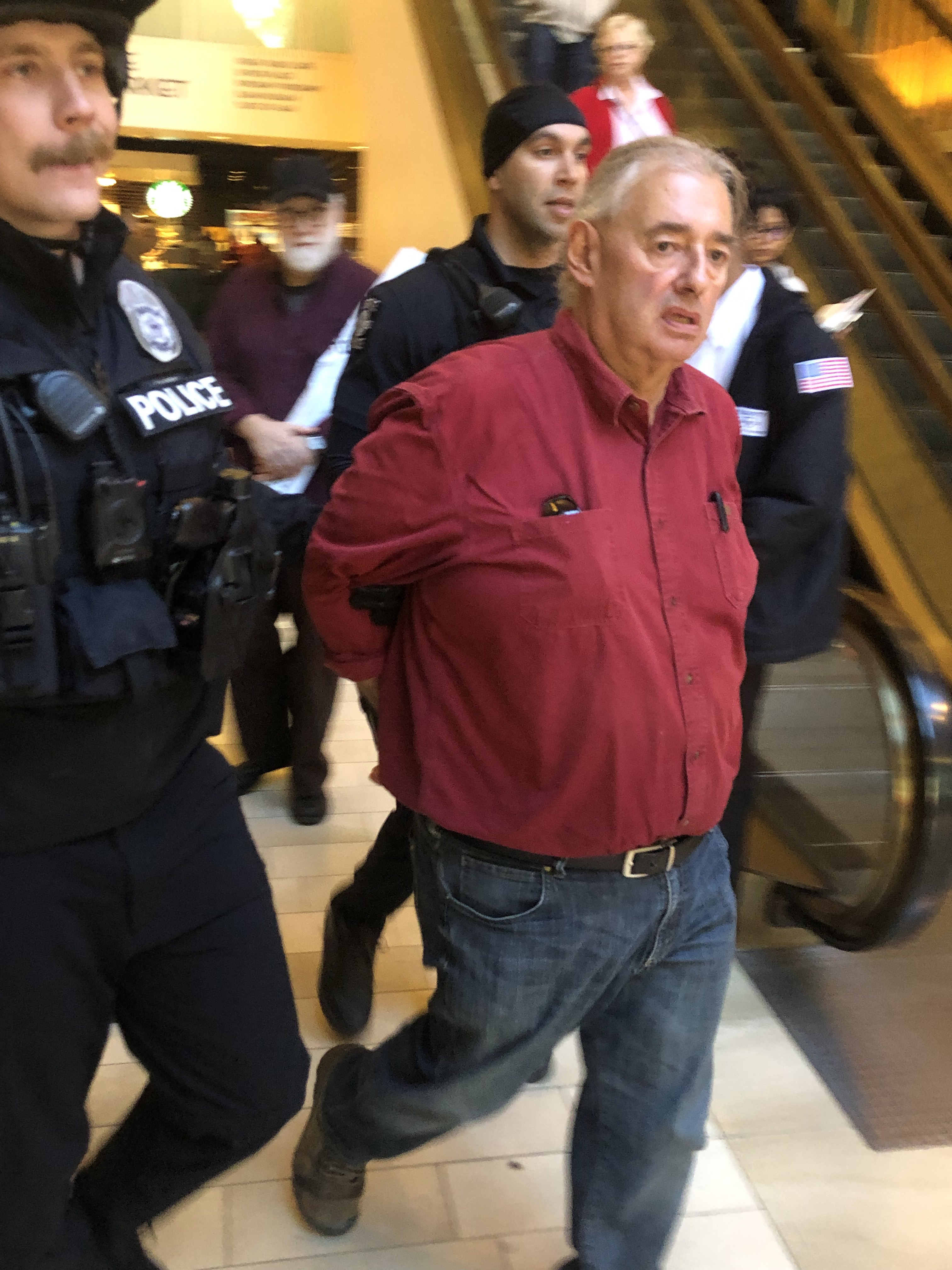
Mazza joined 350 Seattle and returned to direct action in 2014, when he was arrested blocking an oil train in Everett, , as part of the Thin Green Line movement. And in 2019 a then-66-year-old Mazza got himself arrested again for disrupting a Chase Bank branch to shine a light on the financing behind fossil fuel developments.The Chase campaign involving 350 Seattle spread across the U.S., and the bank recently said it intends to align its lending practices with the 2015 Paris Agreement on climate change.
Producing that kind of change is why Mazza calls getting hauled off to jail “the most valuable thing I can do today.”
This year, however, he said Cascadia’s politicians need to hear a more positive message to move them forward amidst the ongoing pandemic and looming budget crises that could stall climate action. “ 'Kill fossil fuels' is a negative. We need a positive. Look at how many people are unemployed right now. Whatever we do has to have a huge jobs message,” said Mazza.
For Gruen the positive message du jour to deliver decarbonization in Cascadia centers on justice, and on economic development that stresses sustainability over consumption. As Gruen put it, "Solving the climate crisis is not just about switching fuels and changing technologies. It's about how we sustain a healthy economy and healthy communities.”
What has Quigley feeling optimistic again is how much has changed since a decade ago. Not just cheaper solar panels and heat pumps and growing knowledge about how to incentivize their growth, but also in public opinion. Last year’s wildfires and other impacts show the hour for cutting greenhouse gases is late. As Quigley puts it: "We obviously are way up against the clock.”
But such climate impacts have also fostered widespread awareness that climate change is a crisis that must be confronted. Quigley said broadly shared awareness, plus improvements in technology, put Cascadia in a “very hopeful" position in 2021.
As she puts it: “We are really primed to move."
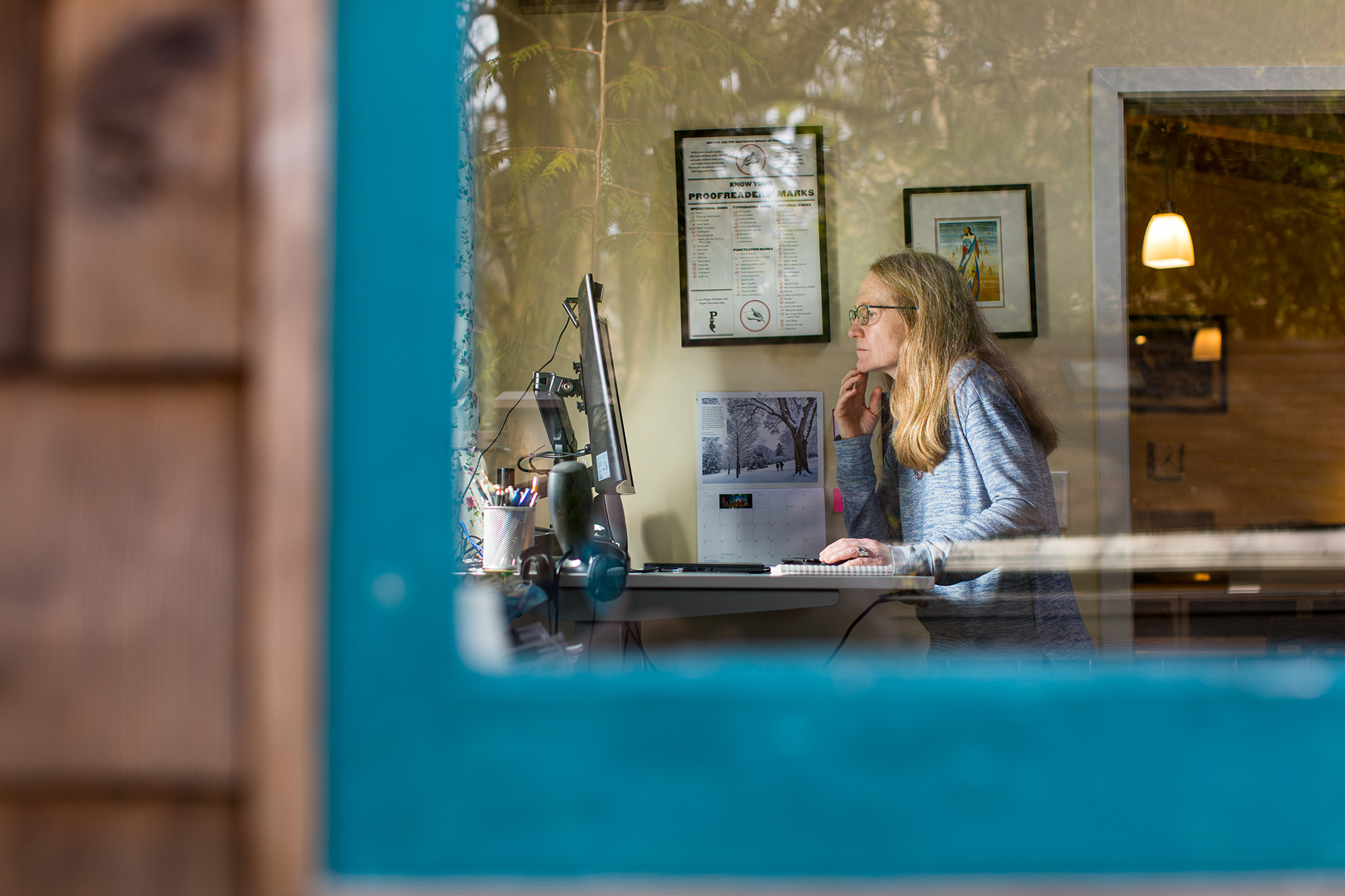
Next month in Getting To Zero: Decarbonizing Cascadia: Moving British Columbia, Oregon and Washington off of fossil fuel use and production raises profound questions about equity and how a “just transition” to a low-carbon economy will affect people of color and fossil-economy workers. Meanwhile, the “thin green line” of environmental activism along the West Coast of North America that held back more than 20 fossil fuel export proposals shows signs of buckling in B.C., where two major pipelines are under construction. Learn how activists are carrying out last-ditch efforts to stop them.

